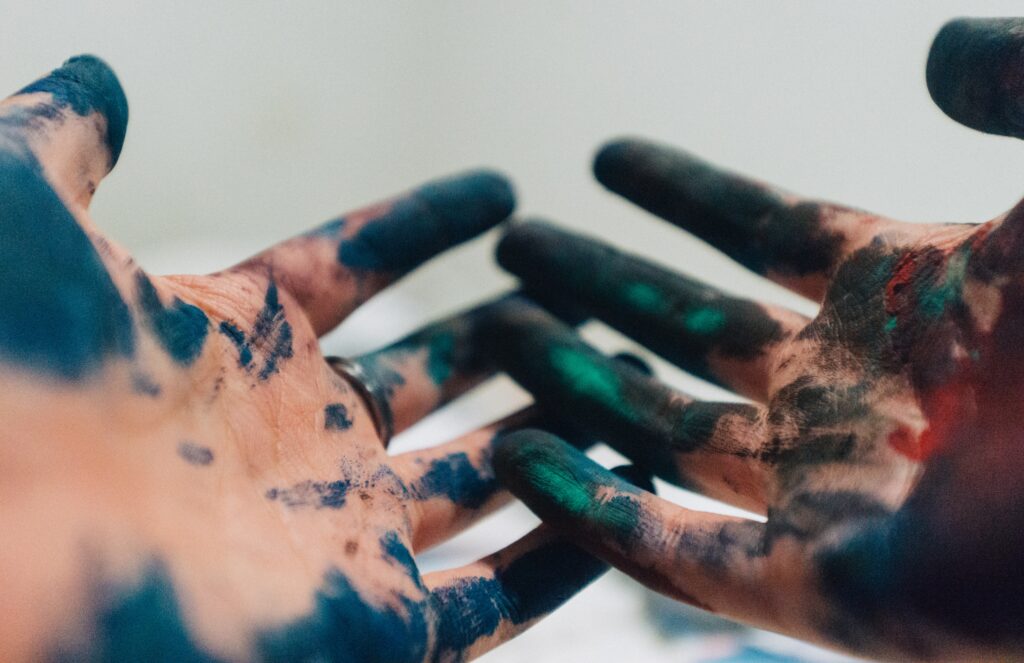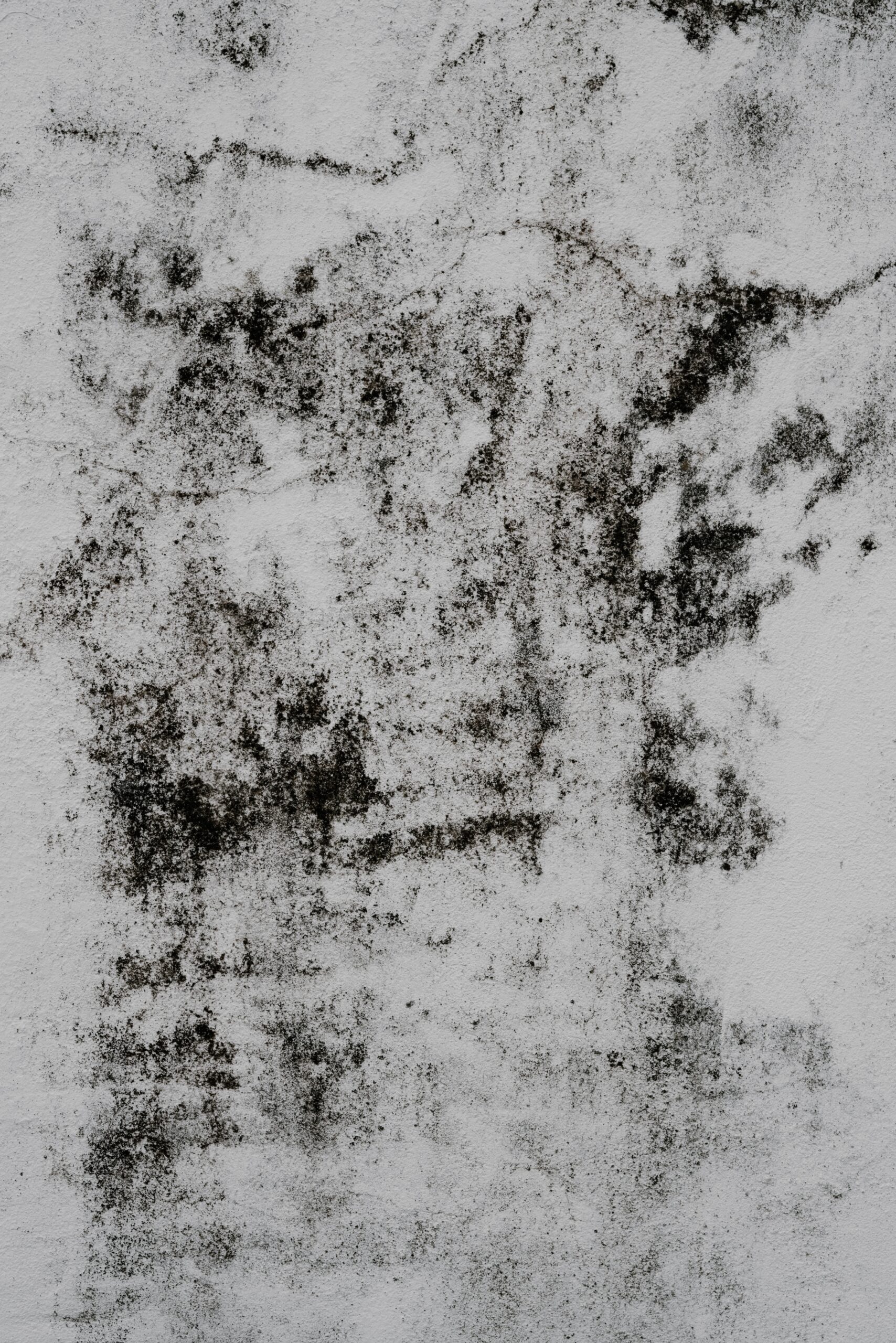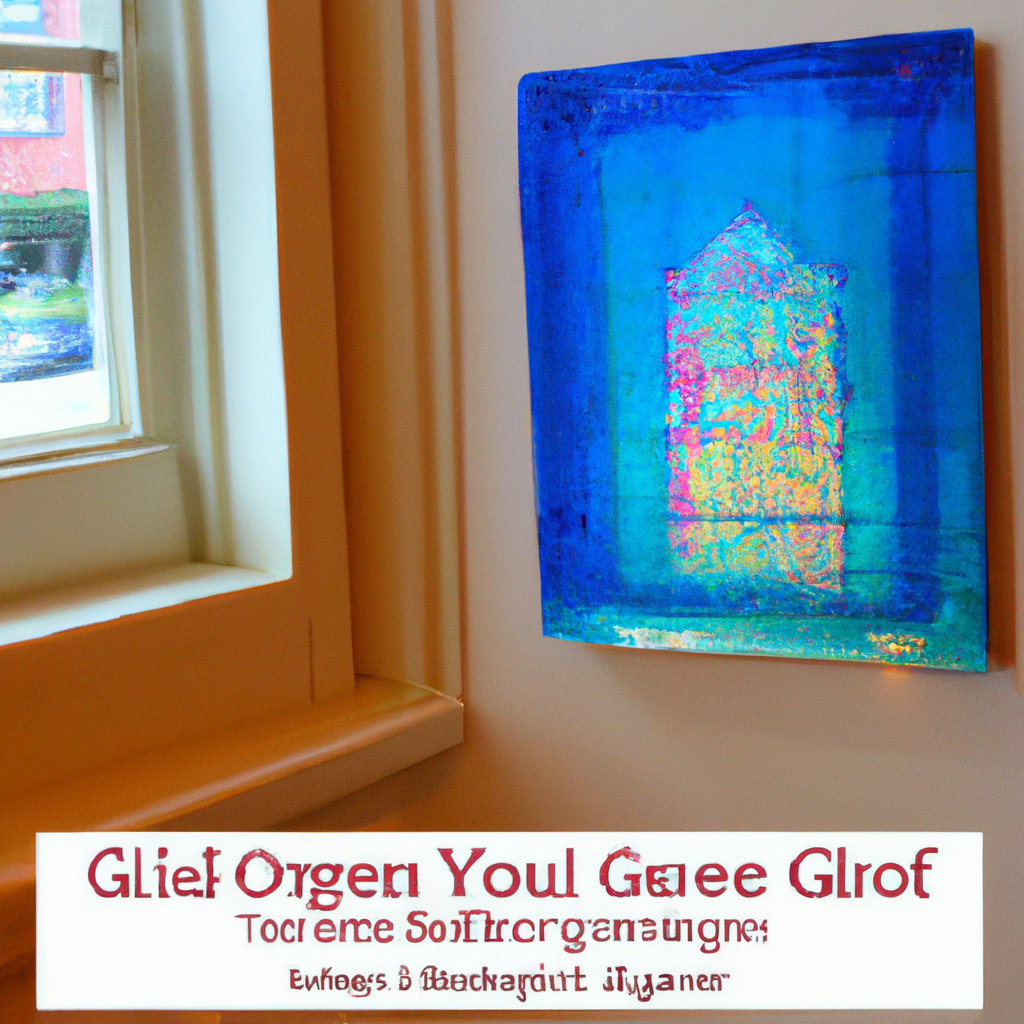In this article, you will gain insights into the effective techniques on how to properly thin gouache paint. As an artist or a creative professional, achieving the desired consistency and viscosity of gouache paint is essential for flawless artwork. By understanding the various methods and products available for thinning gouache paint, you will be able to enhance your control over the medium, allowing for smooth, even application and vibrant pigmentation. Read on to discover expert tips and tricks that will elevate your gouache painting skills to the next level.
Why Thin Gouache Paint?
Gouache paint is a popular medium among artists due to its vibrant colors and versatility. However, there may be occasions where you need to thin your gouache paint to achieve a desired effect or work with a different consistency. Thin gouache paint allows for smoother brush strokes, transparent washes, and easier blending. In this article, we will explore different methods to thin gouache paint, provide a step-by-step guide for thinning, offer tips and tricks, and address potential issues that may arise.
Tools and Materials Needed
Before diving into the methods of thinning gouache paint, it’s essential to gather the appropriate tools and materials. Here are some items you will need:
- Gouache paint: Choose high-quality gouache paint for the best results.
- Mixing palette or surface: A flat palette or mixing surface is necessary for blending the paint and thinner.
- Palette knife or brush: These tools will help you mix the paint and thinner thoroughly.
- Water: Used for the water method of thinning gouache paint.
- Acrylic medium: If you prefer using acrylic medium to thin your paint, make sure to have it on hand.
- Gouache medium: Gouache medium is specifically designed for thinning gouache paint and can be used as an alternative to water or acrylic medium.
- Retarder: If you want to slow down the drying time of your gouache paint, a retarder can be used as a thinning agent.
- Binder medium: If you want to enhance the adhesion of your gouache paint or create a satin finish, a binder medium can be used to thin the paint.
Make sure to have these tools and materials within reach before starting the thinning process.
Different Methods to Thin Gouache Paint
When it comes to thinning gouache paint, there are several methods you can choose from. Each method offers different results, so it’s important to consider the desired outcome before deciding which method to use. Here are five common methods for thinning gouache paint:
Method 1: Using Water
Using water is perhaps the most accessible and widely-used method for thinning gouache paint. To thin gouache paint with water, start by adding small amounts of water to the paint on your palette. Gradually mix the water into the paint until you reach the desired consistency. Be cautious not to add too much water, as it can make the paint too translucent and affect its vibrancy.
Method 2: Using Acrylic Medium
acrylic medium can be an excellent option for thinning gouache paint while maintaining its vibrancy and opacity. To use this method, mix small amounts of acrylic medium into your gouache paint on the palette. Slowly incorporate the medium until the desired consistency is achieved. Keep in mind that acrylic medium may alter the drying time of the paint, so consider this factor when working on your project.
Method 3: Using Gouache Medium
Using a gouache medium specifically designed for thinning gouache paint is an ideal option for artists seeking professional results. Gouache medium ensures that the paint maintains its original characteristics while achieving a thinner consistency. Follow the instructions on the medium’s packaging to achieve the desired thinning ratio.
Method 4: Using Retarder
If you want to extend the drying time of your gouache paint, a retarder can be used as a thinning agent. Simply mix a small amount of retarder into your paint on your palette. The retarder will slow down the drying process, allowing you more time to work with your thinned gouache paint.
Method 5: Using Binder Medium
If you’re looking to improve adhesion or create a satin finish with your gouache paint, a binder medium can be used as a thinning agent. Incorporate small amounts of the binder medium into your paint while mixing it thoroughly. This method is especially useful when working on surfaces that require extra adhesion, such as wood or heavy paper.
Step-by-step Guide to Thin Gouache Paint
Now that we have explored the different methods to thin gouache paint, let’s dive into a step-by-step guide on how to thin your gouache effectively:
Step 1: Prepare Your Workspace
Before starting the thinning process, ensure that you have a clean and organized workspace. Remove any unnecessary items to avoid clutter and have easy access to your tools and materials.
Step 2: Choose the Thinning Method
Based on your desired outcome and available materials, choose the appropriate method for thinning your gouache paint. Consider factors such as opacity, drying time, and adhesion when making your decision.
Step 3: Prepare Your Gouache Paint
Squeeze a small amount of gouache paint onto your palette or mixing surface. If using tubes, make sure to close them tightly after extracting the required amount of paint to prevent drying.
Step 4: Gradually Add the Thinner
Using the chosen method, add the thinning agent to the gouache paint in small increments. It’s always easier to add more thinner if needed, so start conservatively and increase the amount gradually until you reach the desired consistency. Remember to follow the manufacturer’s instructions if using specific mediums.
Step 5: Mix Thoroughly
Once the thinner is added, use a palette knife or brush to mix the paint and thinner thoroughly. Ensure that the mixture is blended evenly, with no visible streaks or lumps. Take your time during this step to achieve a smooth and consistent texture.
Step 6: Test the Consistency
Before proceeding with your artwork, it’s important to test the consistency of your thinned gouache paint. Apply a small amount of the mixture on a scrap piece of paper or your palette to observe its transparency, coverage, and flow. Make adjustments if necessary by adding more paint or thinner to achieve your desired consistency.
Step 7: Adjust as Needed
If the thinned gouache paint is too thin or watery, add more gouache paint to thicken it. If it’s too thick, add more thinner or water incrementally until the desired consistency is attained. Continuously test the paint until you are satisfied with the results.

This image is property of images.unsplash.com.
Tips and Tricks for Thinning Gouache Paint
Thinning gouache paint can be a delicate process, so here are some tips and tricks to help you navigate the process effectively:
Tip 1: Start with Small Amounts
When adding thinner or water to your gouache paint, start with small increments. It’s easier to gradually add more than to correct an overly thinned mixture.
Tip 2: Use High-Quality Gouache Paint
Investing in high-quality gouache paint ensures better results when thinning. Cheap or low-grade paints may not respond as well to thinning agents, affecting the overall quality of your artwork.
Tip 3: Test on Scrap Paper or Palette
Always test the consistency and opacity of your thinned gouache paint on a scrap piece of paper, your palette, or a sample surface before applying it to your artwork. This allows you to make any necessary adjustments without compromising your project.
Tip 4: Use a Palette Knife or Brush
A palette knife or brush is essential for effectively mixing the paint and thinner. Ensure that your chosen tool is clean and in good condition to achieve a smooth and even mixture.
Tip 5: Experiment with Ratios
Don’t be afraid to experiment with different ratios of paint to thinner. This will help you discover different effects and consistencies that can enhance your artwork.
Tip 6: Store Thinned Paint Properly
If you have leftover thinned gouache paint, store it properly to prevent drying or contamination. Transfer the paint to an airtight container or cover the palette securely with plastic wrap or a lid.
Potential Issues and Troubleshooting
While thinning gouache paint, various issues may arise. Here are some common problems you may encounter and how to troubleshoot them:
Issue 1: Paint Becomes Transparent
If your gouache paint becomes too transparent after thinning, it’s likely that you have added too much water or thinner. To rectify this, add more gouache paint to regain opacity and vibrancy.
Issue 2: Paint Dries Too Quickly
When using a method that alters the drying time, such as a retarder, be cautious not to add too much. Overuse of the retarder can cause the paint to dry too slowly or become tacky. Add small amounts and test the drying time to achieve the desired effect.
Issue 3: Paint Becomes Too Thin or Watery
If your thinned gouache paint is too thin or watery, incrementally add more gouache paint to thicken it. Mix thoroughly after each addition until you reach the desired consistency.
Issue 4: Paint Loses Vibrancy
In some cases, particularly when using water, the vibrancy of the paint may be compromised. To enhance vibrancy, consider using an acrylic medium or gouache medium instead of water when thinning your paint.
Issue 5: Paint Cracks or Curls
If your thinned gouache paint cracks or curls after drying, you may have applied it too thickly. Ensure that each layer of paint is thin, allowing the previous layer to dry completely before applying the next. Additionally, avoid applying excessive pressure while painting, as this can cause the paint to crack.

This image is property of images.unsplash.com.
Conclusion
Thinning gouache paint is a valuable technique that allows artists to achieve various effects and work with different consistencies. By understanding the different methods, following a step-by-step guide, and implementing tips and tricks, you can confidently thin your gouache paint to suit your artistic vision. Remember to experiment and practice to find the consistency that best suits your desired outcome. With patience and knowledge, you can create stunning artwork using thinned gouache paint.



